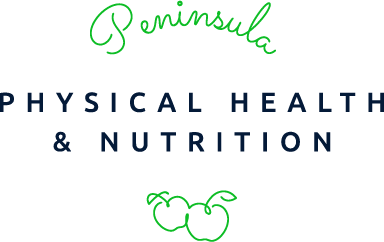Long term effects of the low FODMAP diet
Since its inception, the low FODMAP diet has been a great management tool for Irritable Bowel Syndrome (IBS) sufferers.
The low FODMAP diet is split into two stages:
- Elimination of high FODMAP foods.
- Reintroduction of eliminated FODMAP foods.
Due to the chronic nature of IBS, many individuals may restrict FODMAPs for longer than recommended. There is ongoing research being conducted to determine the long-term effects of a low FODMAP diet. Results suggest it may have a detrimental impact on gut health and nutritional status.
What is a low FODMAP diet?
Firstly, FODMAP is an acronym for Fermentable Oligosaccharides, Disaccharides, Monosaccharides and Polyols. It is a term used to classify short chain carbohydrates and sugar alcohols that are poorly absorbed. These poorly absorbed sugars reach the large bowel where bacteria ferment them resulting in gas production. In IBS sufferers, this may lead to increased bloating, abdominal pain and distention, as well as bowel changes.
By following a low FODMAP diet for two to six weeks, it may help alleviate symptoms and improve quality of life for individuals suffering with long term gastrointestinal symptoms.
Potential consequences of long-term adherence to a low FODMAP diet
Evidence suggests a long term low FODMAP diet may impact negatively on gut health. Oligosaccharides found in wheat, rye, onion, garlic act as important prebiotics (food for probiotics – the good bacteria in our gut). There is ongoing research to determine whether individuals with IBS have a different gut microbiome. At present there is evidence to indicate that there may be a reduction of beneficial Bifidobacteria after following a low FODMAP diet for a little as two to three weeks.
Another side effect of long-term adherence to a low FODMAP diet is a risk of low fibre intake as well as calcium, iron, zinc, folate and other B group vitamins. Although low FODMAP only requires a person to follow a ‘wheat free’ diet, many will opt for ‘gluten free’ products which are highly processed and contain minimal dietary fibre. Furthermore, the reduction of vegetables, legumes and fruit may further decrease total dietary fibre intake and the use of dairy substitutes to manage lactose intolerance may decrease calcium intake.
Tips to ensure adequate nutrition during the elimination phase
- If using gluten free bread, choose varieties with seeds and grains to increase fibre. Alternatively try a spelt bread with grains.
- Include 5 serves vegetables and 2 serves fruit from the low FODMAP list.
- Choose lactose free dairy (milk and yoghurt) – they contain calcium and yoghurt has bacterial cultures (probiotics).
- Ensure dairy substitutes are calcium fortified.
After the elimination phase start the reintroduction protocol to ensure you are getting a well-balanced diet and you are not unnecessarily excluding foods that may be well tolerated in small quantities. Our tolerance level can change over time therefore it is important to keep retesting problem foods every 6 months. The low FODMAP diet can be complex and dietary advice from a qualified dietitian is essential.
References:
-
Catassi, G et al. The Low FODMAP diet: Many Question Marks for a Catchy Acronym. Nutrients. 2017; 9: 292-300.
-
Halmos E.P et al. Diets that Differ in their FODMAP content alter the colonic luminal microenvironment. Gut. 2015; 64: 93-100.
-
Hill, P.H et al. Controversies and Recent Developments of the low FODMAP Diet. Gastroenterology & Hepatology. 2017; 13: 36-45





